Current Market Data
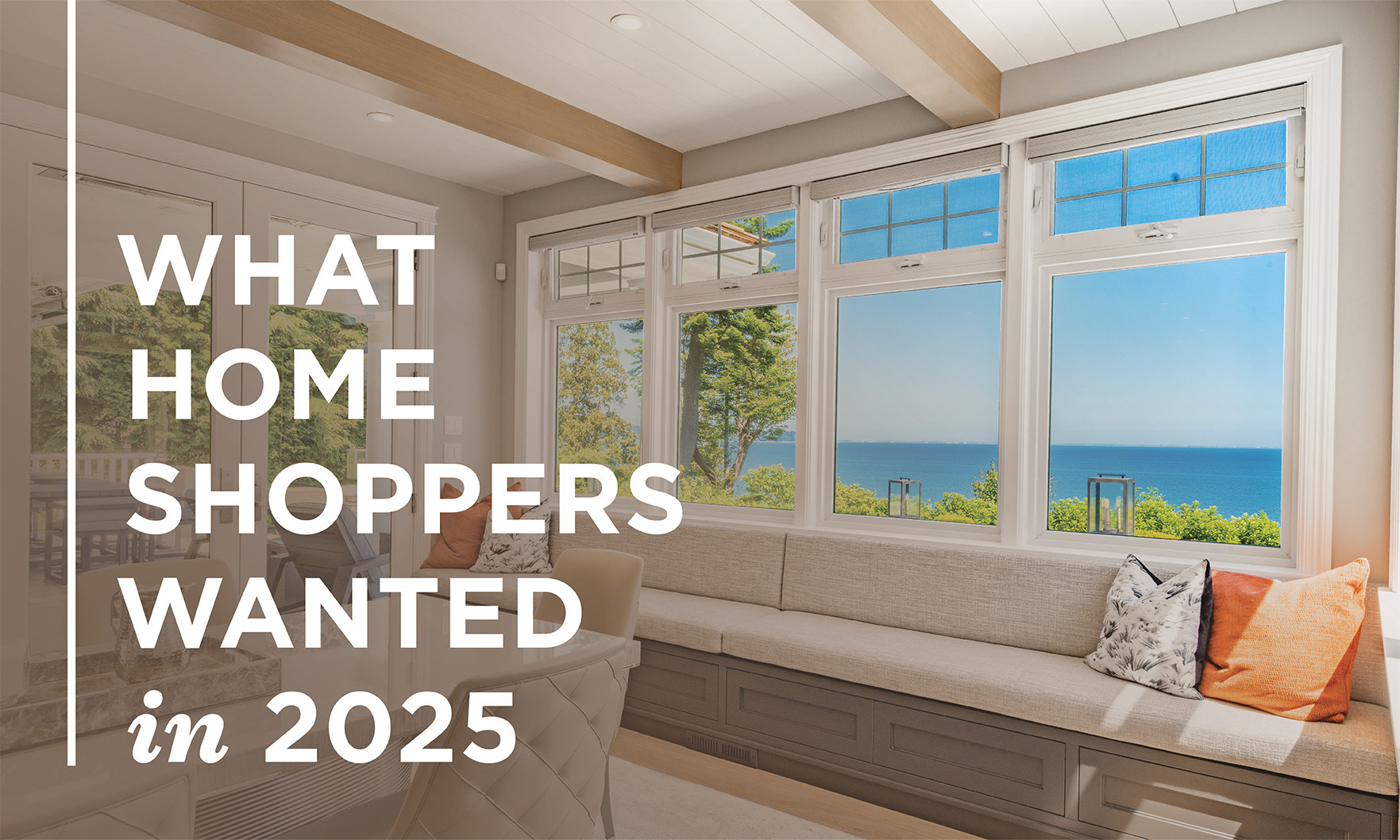
Evidence points to home shoppers prioritizing the experiences they’ll have in their home over the style or size, Zillow said.

There’s a tie on this month’s list of the most expensive homes sold in greater Seattle — two penthouses in Seattle’s Escala high rise.

The National Association of Home Builders’ monthly survey found continued pessimism among the nation’s homebuilders at the end of a tough year.
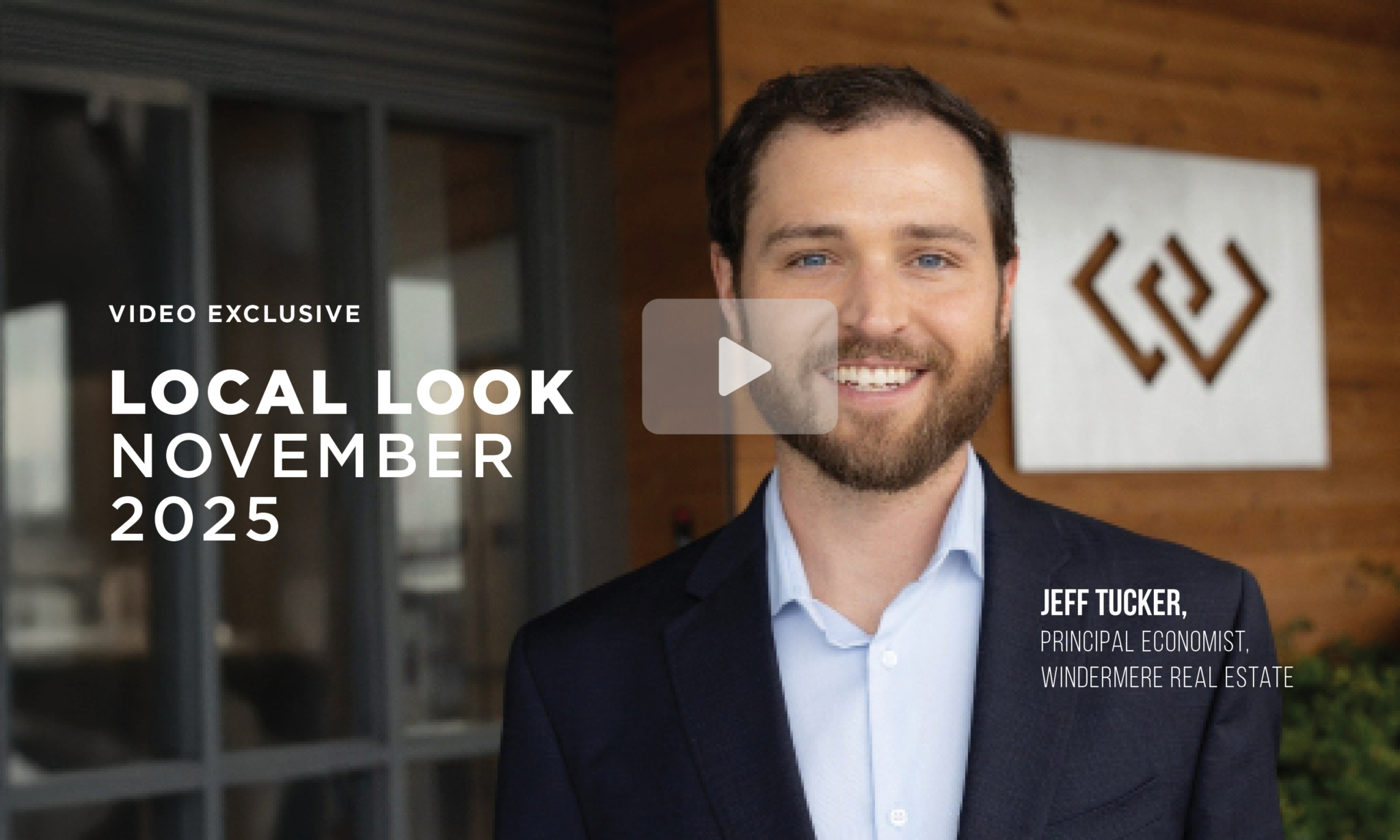
Decreased home sales and double-digit growth in active listings helped swing negotiating power in buyers’ favor in November, according to Windermere Real Estate Principal Economist Jeff Tucker.

Seattle placed No. 4, trailing behind Atlanta, Las Vegas and Tampa, Florida, but beating out popular cities like Denver and Austin.
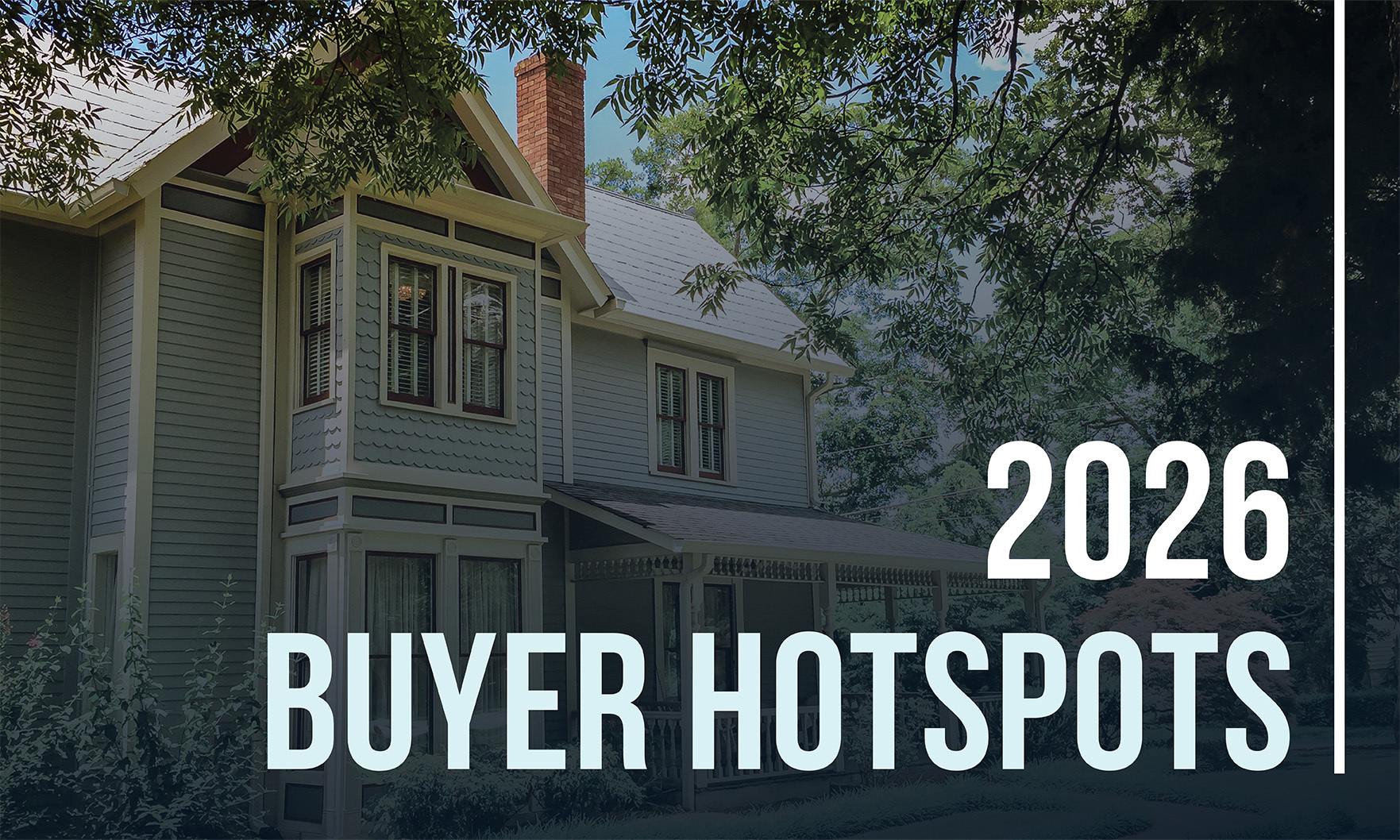
Midwestern and southern metros may dominate buyer interest in 2026, according to the National Association of REALTORS®.
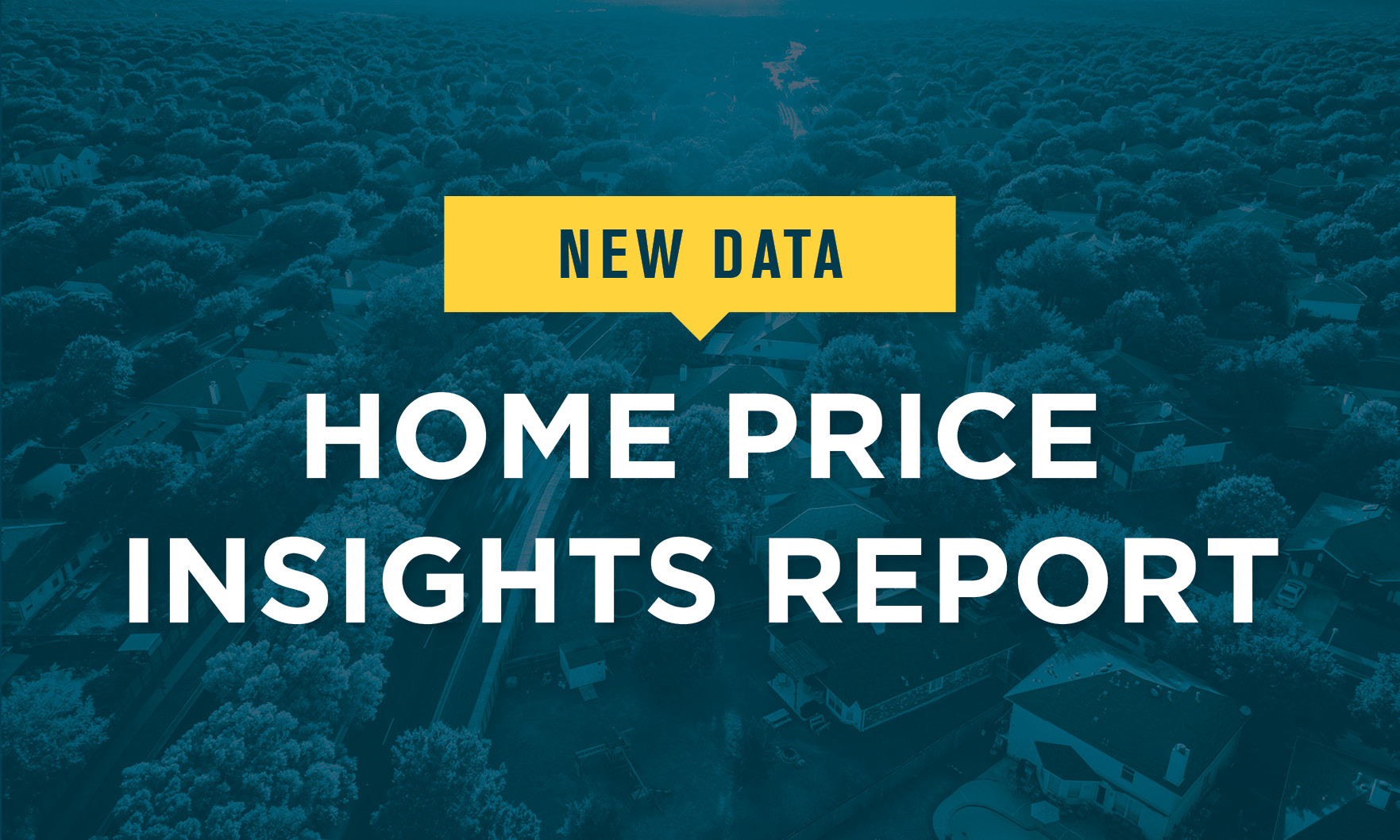
Geographically, trends varied widely, with formerly hot areas like Florida and the Southeast posting the deepest declines and formerly cool areas, like the Midwest, showing healthy gains.

Windermere agents are responsible for half of the 10 most expensive new listings in Seattle.

Spa-style amenities, customizable lighting options, integrated technology, storage solutions — and ample space for these features — all surfaced as top trends.
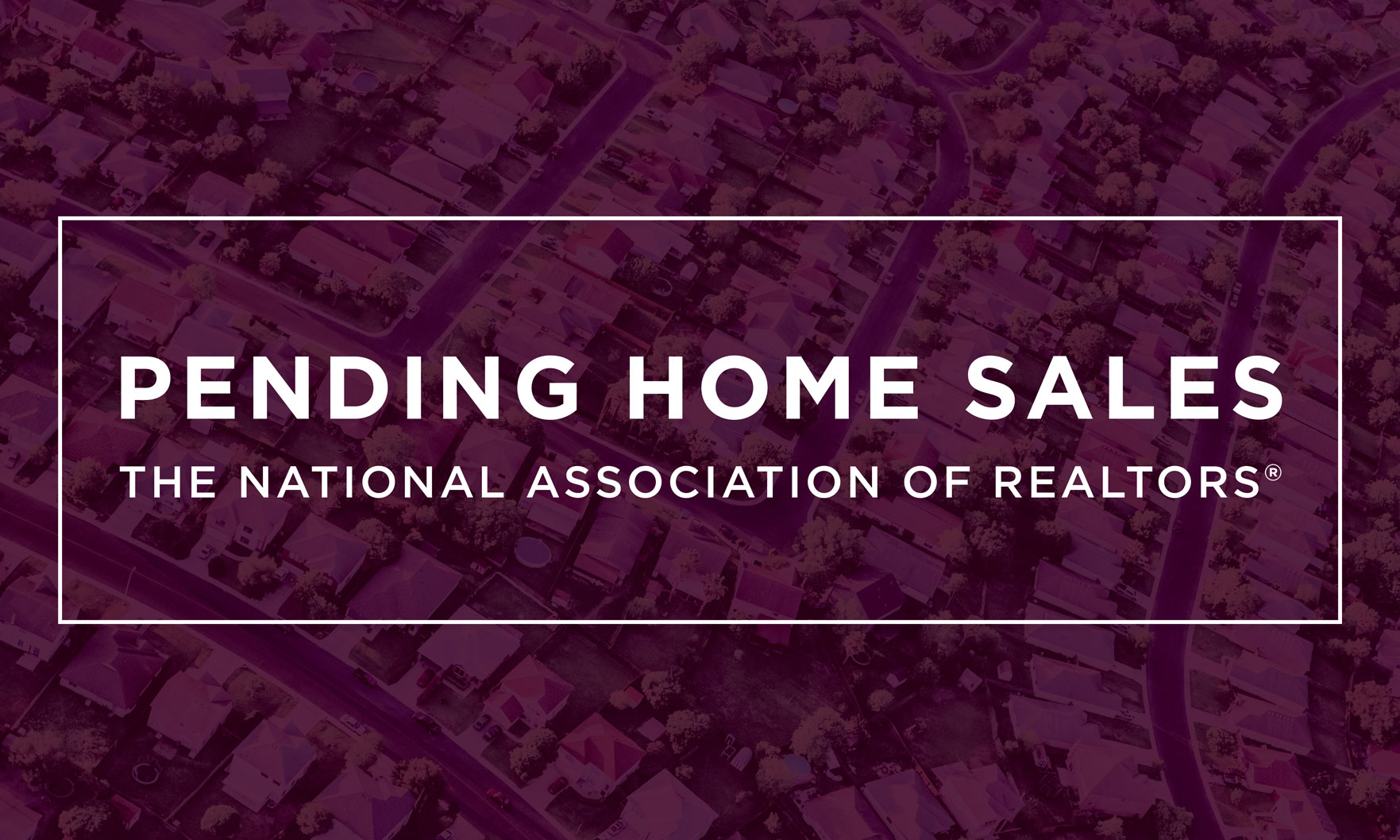
By region, sales rose in the Midwest, Northeast and South but fell in the West.

Bold, geometric designs like chevrons, sunbursts, zigzags and stepped shapes are making a huge comeback as of late — and Houzz said that will continue into 2026.
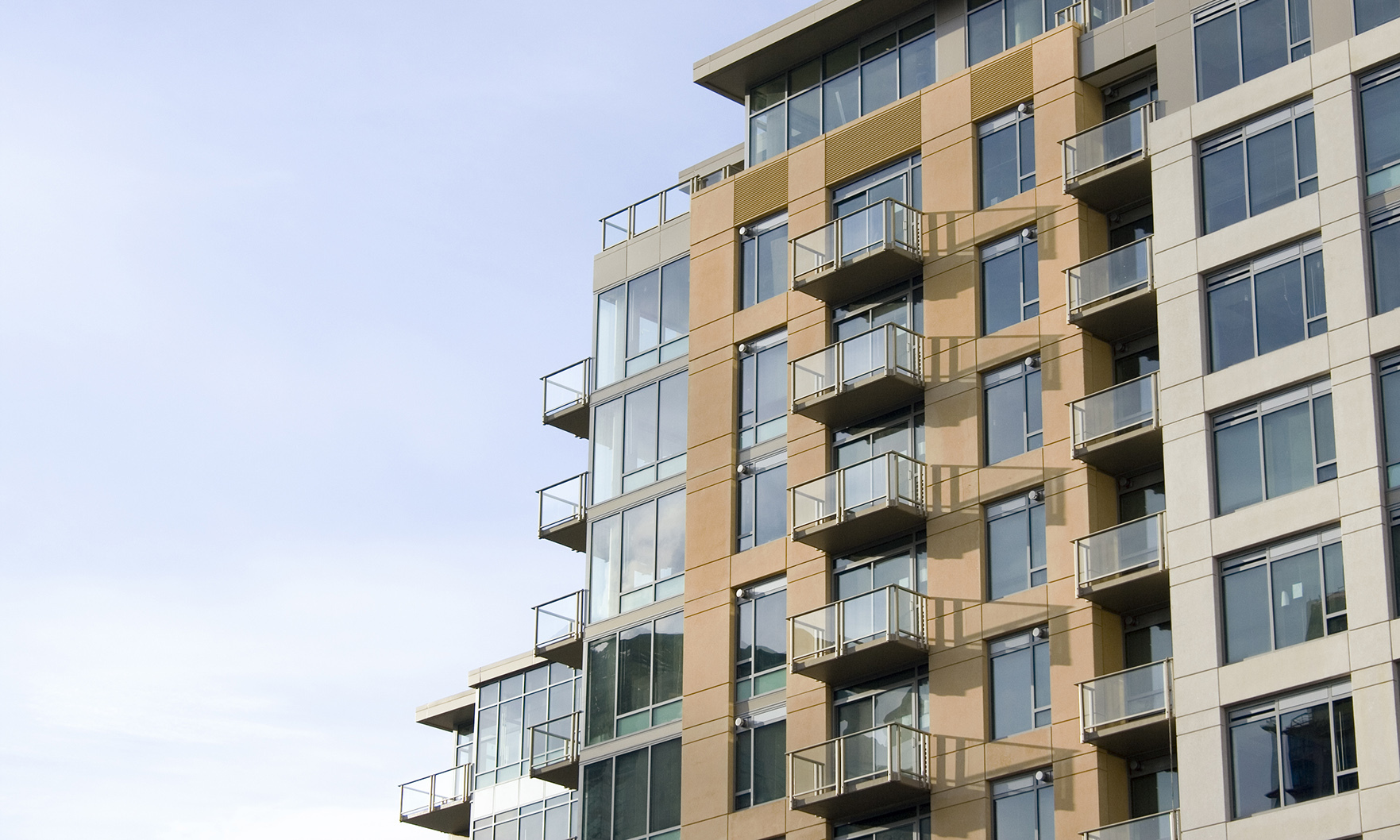
The typical asking rent for an average rental unit reached $2,224. Though that’s a 2.7% increase from last year, the median household income outpaced this acceleration, growing 3.9% during the same time frame.
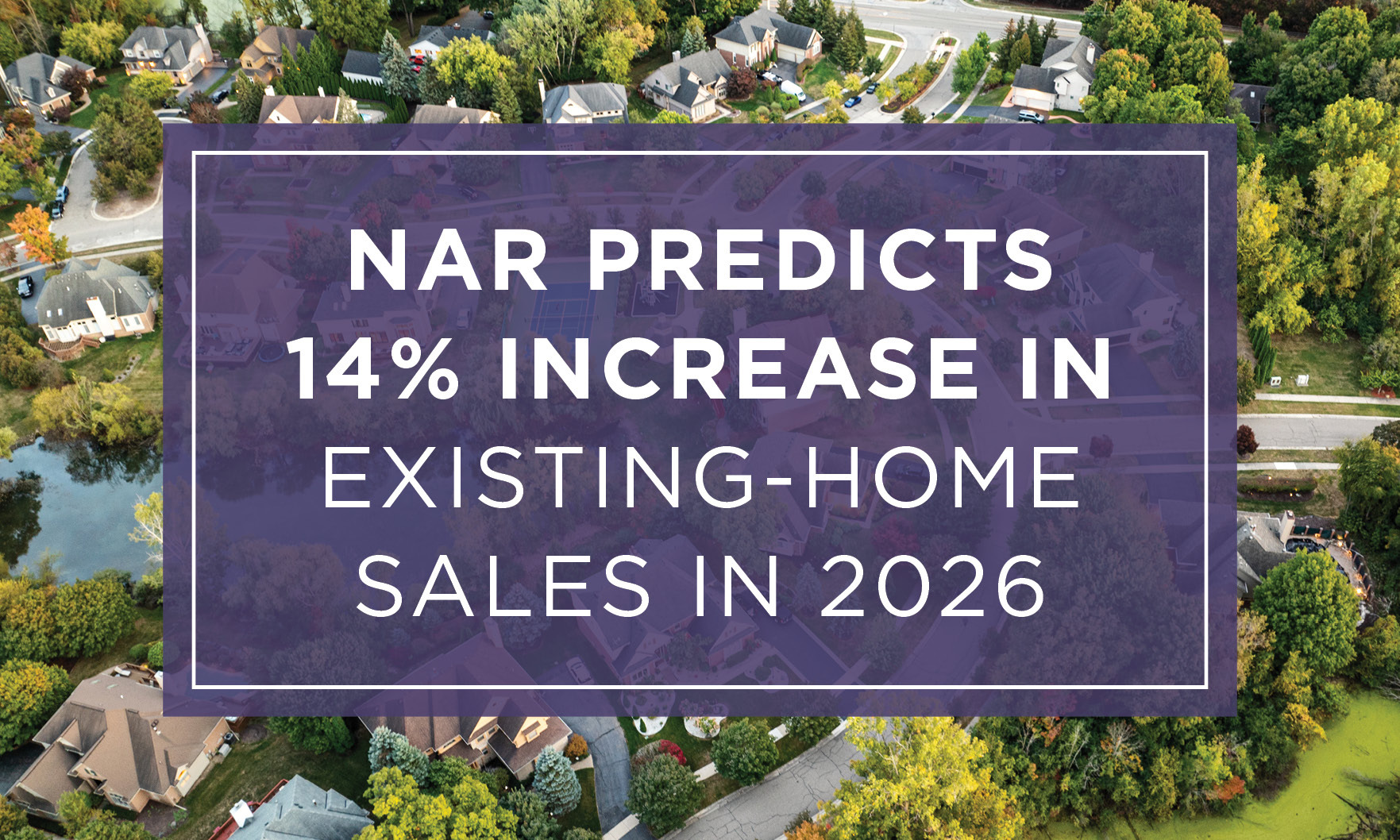
The chief economist for the National Association of REALTORS® also predicts home prices will climb 4% compared to 2025.

A $25 million waterfront estate on Mercer Island was the most expensive home sold in greater Seattle in October.

At the top of the list? WaterSense fixtures — the plumbing solution, which claims to reduce water use by more than 20%, increased in popularity by 289.6%.

At the same time, the average age of the first-time buyer hit an all-time high of 40, according to the 2025 Profile of Home Buyers and Sellers.
